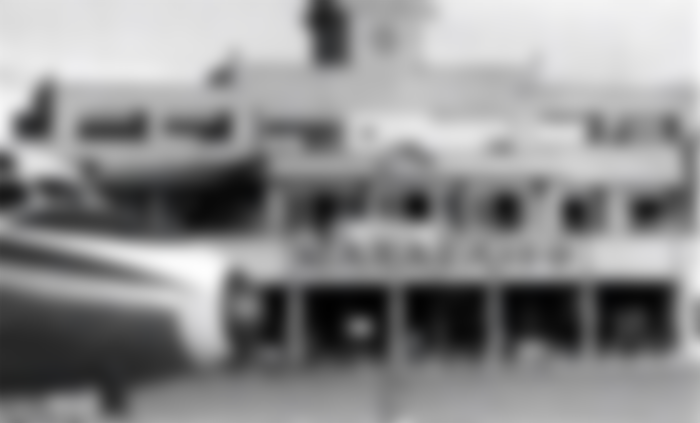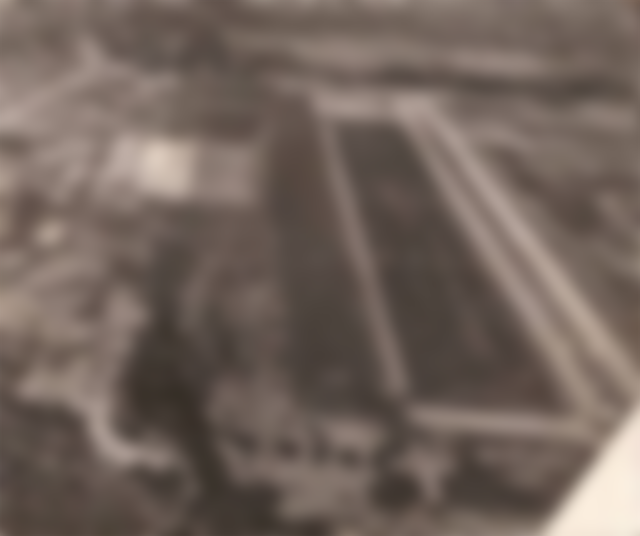Remembering McDonell Douglas DC-9-14 Tragedy in Maracaibo Venezuela

From 1930 to 1944, the Grano de Oro Airport was built in Maracaibo. It was the solution to transportation in an oil city where seaplanes arrived, there was no bridge to cross the lake and a modern terminal was required. However, by 1969, a few months after the inauguration of a new airport on the outskirts of the metropolitan area, a tragedy marked the end of its functions.

On Sunday March 16, 1969 we heard a loud explosion, we were with our mother in the backyard of the house, about 5 kilometers west of "Grano de Oro", it was hot and the smoke rose to the sky, the radio started breaking the news of a plane crash, I remember it clearly.
The flight was delayed, its itinerary was Caracas-Maracaibo-Maracaibo-Miami, it was a DC-9-32, bought 15 days ago from McDonnell Douglas by the Avensa airline, who rented the plane and its crew from VIASA. Its captain was Mr. Emiliano Savelli Maldonado and José Gregorio Rodríguez Silva, as first officer.

At 10:30 AM. boarded 46 passengers, 10 crew members with 17,000 pounds of fuel, Viasa flight 742 took off from the Maiquetía International Airport, heading to the city of Maracaibo, arriving at 11:30 am, some witnesses say that the plane tripped or sucked branches of trees near the runway, from the La Manzana de Oro sector, this detail was observed and reported, but it did not mean anything for this type of ships.
After parking in the international flights area of the Airport, a 30-minute stop was made, the fuel was filled up to 28 thousand pounds, and the final technical touches were given; 27 passengers boarded after hearing the last call at 11:45 a.m.
Uncontrollable Plane
The plane entered the runway and did not reach the threshold, leaving 400 meters of travel left for takeoff. Finally, the pilots began the maneuver at 12:00 p.m. The plane moved down the runway but had a hard time getting up. Barely 10 meters high, at the end of the runway, it seemed that it was rising normally, but it passed the perimeter fence of the runway, causing astonishment due to the low height of the ship. The air traffic controller narrated what she saw when the plane passed in front of the tower, which was in the middle of the runway:
“I saw that the plane did not take off, but ran and kept running. He ate 80% of the track. It was distressing to see him unable to do anything. The plane always took off when passing the control tower. That day when I saw that he ate up the entire track. I already knew the outcome."

In the midst of the struggle to reach height, the left engine collided with a pole near the old Capitol cinema, later when the device entered the La Trinidad urbanization, a reflector from a small basketball court tore the fuel tanks, spilling it on the people on the ground who watched in surprise what was happening. The plane was no longer pointing to the sky, in its path a pole with 2 transformers that impacted the aircraft, causing the fuel tanks to explode and the left engine to catch fire.
The left wing broke off and fell on one of the affected houses. The plane was out of control, crashed upside down on a sidewalk in the La Trinidad urbanization, followed by a large explosion that was seen throughout the city. The strong impact caused the left engine to detach and fall on the house of the athlete Lino Connell, killing his three children, his wife and his father-in-law, miraculously his 4-month-old baby was taken out by a neighbor and he managed to save her. All 74 passengers and 10 crew members died, plus 71 people on the ground, totaling 155 fatalities that made this the worst plane crash of its time.
In less than 24 hours, there were correspondents from all over the world in La Trinidad. Chaos took over the city, the news of a plane crashed in an urban area with so many victims, made it the first of its kind worldwide, the causes ranged from being overweight, the length of the runway and the temperature, in addition to versions about the change of pilot, since whoever piloted it from Maiquetía did not want to take it to Miami.
Among the travelers were Antonio Herrera and Carlos Santeliz, owner and player of the Cardenales de Lara baseball team, and Néstor “Látigo” Chávez, pitcher for Navegantes del Magallanes and prospect for the San Francisco Giants, in the United States; also, Raúl Osorio, professor at the Faculty of Humanities of the University of Zulia, who drove his vehicle from the College of Physicians to the University Hospital, all very close to the airport. Most of the passengers were Americans, including workers and relatives of oil transnationals operating in the country.
This accident was so frightening that 30 corpses could not be recognized, which are presumed to be people of Colombian nationality without legal documentation in the country, since the Ziruma neighborhood was made up of many guajira pensions that traded and transferred people from the neighboring country. , due to the bonanza in Venezuela at that time.



